As CLIC Innovation is turning 10 years this year, we are celebrating the year by introducing new communication concepts. “CLIC Talks” is a video podcast series that discusses critical topics around our themes energy, circular economy and bioeconomy. Throughout the year we will publish “CLIC blog”, which features our views on sustainability, RDI impact and open innovation.
Our first CLIC blog is written by CLIC Innovation CEO, Jatta Jussila:
At CLIC Innovation, we believe that real impact is created when research results don’t just remain in reports but are transformed into solutions, services, and sustainable business. Europe excels at generating high-quality science, but too often falls short in commercialising its RDI outcomes. As we face urgent challenges from climate change to industrial transformation, we can’t afford to stop at publication. We must start designing for deployment, from day one.
Europe: A Research Powerhouse with a Commercialisation Gap
According to the Horizon Europe Midterm Evaluation (2025), the EU has already funded over 15,000 projects under Horizon Europe, with a combined budget of €43 billion. The expected return is impressive: every €1 of EU investment could generate up to €11 in economic growth by 2045.
But there’s a catch.
“Only one third of patented inventions registered by European universities or research institutions are commercially exploited.”
We See Impact Differently
The term replication often appears in public-sector discussions of impact, particularly in EU policy and funding frameworks. It typically refers to the reuse or redeployment of research results — often through open access, public adoption, or policy-driven mechanisms — with the assumption that reuse alone equals impact. But for practitioners in industrial and technology-driven fields, this framing is often unclear, limiting, or even misleading.
At CLIC Innovation, we define impact more concretely: it happens when research leads to real-world solutions through commercialisation and scale. We fully recognise the value of societal and environmental impact. But for many of these to materialise, commercialisation often needs to happen first.
Take sustainability: circular materials or clean energy solutions won’t shift systems unless someone brings them to market, scales them, and competes with established alternatives. Without that business traction, even brilliant research may never be deployed.
Of course, some impact doesn’t require a business case. Basic science, education tools, or certain public-health interventions may succeed without commercial channels. But in most industrial and technological domains, commercialisation is what enables broader impact.
That’s why we believe commercialisation shouldn’t be an afterthought. It should be embedded from the very beginning, even at TRL 1–3, through pathways that link research with users, markets, and capital. We see every project as a seed — not just of knowledge, but of future value for society, the environment, and the economy.
What Makes Impact Happen?
Industry–Academia Collaboration
Too often, R&D is done in silos. We believe the most impactful projects bring industry and academia together from the start. Horizon Europe’s data supports this: EU Missions with strong stakeholder co-design report impact levels over 67%, compared to 49% across the full programme.
Patient Funding for Scale-Up and Project Chaining
Even the best ideas stall without risk-tolerant capital to carry them from pilot to market. The EU recognises a persistent funding gap at the scale-up phase. However, patient funding alone is not enough. We also advocate for an approach we call “Project Chaining” — connecting developers with matching funding instruments across the entire innovation journey, from early invention through demonstration to commercialisation.
Market-Shaping for Sustainable Transitions
Sustainable businesses need active support, but today’s playing field remains uneven. Fossil-based models continue to benefit from legacy structures and hidden subsidies, putting emerging solutions at a disadvantage. To enable fair competition and accelerate system-level transitions, public funding should not only support early discovery but also help shape the conditions for deployment. This includes corrective pricing mechanisms such as fossil carbon taxes or eco-tariffs as well as market-shaping instruments like pre-commercial procurement, regulatory signals, and demand-side policies.
What We Challenge: Unsustainable Replication Models
Some public-sector strategies imply that research results should be free to replicate, regardless of the commercial context. We respectfully challenge this idea. Innovators need business models, not only visibility. Most commercial ventures rely on IP protection to scale and shouldn’t be expected to give away their results without a viable path to reward.
While replication can also refer to the transfer of methods or competences tailored to local contexts, in practice it’s often interpreted too narrowly as one-size-fits-all deployment. At CLIC Innovation, we emphasise context-sensitive scaling — adapting solutions to fit the real-world settings where they’re applied, rather than assuming one-size-fits-all replication will succeed. Let’s design frameworks that reward IP creators, protect innovation, and enable mission-aligned reuse under clear, fair conditions.
Our Proposal for a More Impact-Driven Europe
- Redefine replication to include commercial scaling, licensing, and international business growth, not just open reuse.
- Integrate project chaining principles into RDI funding design, ensuring innovators can access the right instruments from early research to market deployment.
- Require exploitation planning even in TRL 1–6 projects, while ensuring funding calls are realistic about commercial timelines.
- Co-shape markets for deployment, including pre-commercial procurement, regulatory signals, and corrective pricing mechanisms.
- Protect inventors’ rights while enabling mission-aligned public-good access under clear, fair conditions.
CLIC Innovation exists to drive real-world impact through collaboration, commercialisation, and courageous thinking. Europe doesn’t just need more replication — it needs results that last, grow, and drive sustainable transformation.


